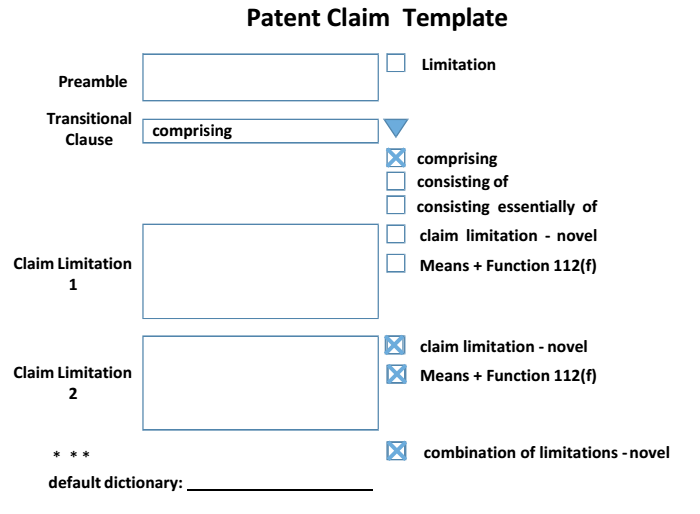Peter S. Menell
Koret Professor of Law and Director Berkeley Center for Law & Technology
University of California at Berkeley School of Law
I submit these comments in response to the PTO’s Request for Comments on Enhancing Patent Quality (80 FR 6475 (Feb. 5, 2015)). These comments represent my own views based on my research, teaching, and judicial education relating to intellectual property law.
The performance of any incentive system based on protecting exclusive rights—from land and mineral development to inventions—depends critically upon the ability of competing resource developers to determine where the rights of others end and where they can productively pursue their projects. See Peter S. Menell & Michael M. Meurer, Notice Failure and Notice Externalities, 5 JOURNAL OF LEGAL ANALYSIS 1 (2013). Whereas land boundaries tend to be readily ascertainable, clear, and easily searchable, the boundaries surrounding software patents are notoriously fuzzy. Improving patent claim clarity holds the promise of enabling new inventors to scope out the intangible terrain, more effectively negotiate with rights holders, and secure financing.
I commend the PTO’s patent quality initiatives and hereby offer specific suggestions relating to Proposal 3 under Pillar 1: Clarity of Record.
Any system of property rights should impose responsibilities upon those obtaining such rights, especially where the rights holder defines the boundaries of the rights through ex parte examination. The PTO can encourage such responsibility by requiring applicants to:
(1) set forth their claims in a standardized, detailed format that delineates each claim restriction in a separate field;
(2) indicate (by way of a check box) whether the preamble limits the claim;
(3) indicate which specific claim limitations are novel (or if novelty is based solely on the combination of claim limitations);
(4) specifically define any potentially ambiguous claim terms—including terms of degree (such as approximately, substantially);
(5) include a hyperlinked glossary of potentially ambiguous claim terms;
(6) designate a default dictionary for guiding the interpretation of any undefined claim terms;
(7) expressly indicate whether examples in the specification are intended to limit or merely illustrate the patent claims;
(8) specifically designate, through a check box system, whether a claim term is intended to be in means-plus-function format;
(9) hyperlinking to or otherwise specifying the corresponding “structure, material, or acts” in means-plus-function claim elements—functional claims are particularly difficult to parse; and
(10) consent to recordation of interviews.
Such a system can be efficiently implemented through an electronic application form, as illustrated in appended Patent Claim Template. This would enable examiners to highlight ambiguous claim terms easily and transparently in requests for clarifications. Applicant responses could be captured through red-line and comment annotations, which would enable competitors, subsequent inventors, litigants, and courts to more easily decipher how patent claims were crafted. Upon patent issuance, the entire file history could be embodied in a hyperlinked, red-lined, layered, online-accessible document—effectively moving the patent file wrapper from 19th century paper records to 21st century electronic document technology—and empowering a new generation of search and evaluation tools.
This system would essentially require applicants to present patent claims in claim chart format, the same format that courts use in construing patent claims. See PETER S. MENELL, ET AL., PATENT CASE MANAGEMENT JUDICIAL GUIDE (2nd ed. 2012) <http://papers.ssrn.com/sol3/papers.cfm?abstract_id=2114398>; (3rd ed. forthcoming 2015). Applicants would become accustomed to crafting clearer applications, examiners would be in a better position to evaluate the patentability and clarity of claims, third parties (including competitors and investors) and courts would benefit from clearer delineation of patent claims, and the costs of patent litigation would fall significantly.
